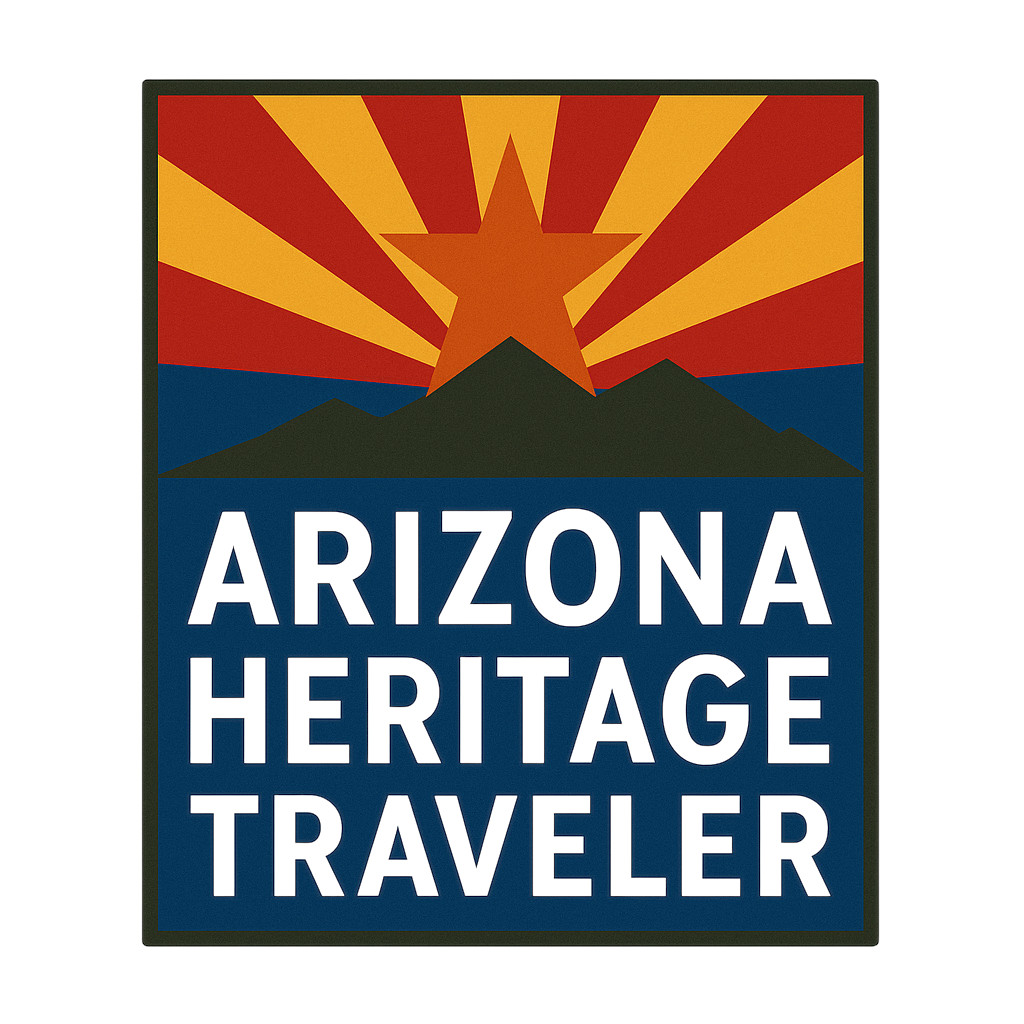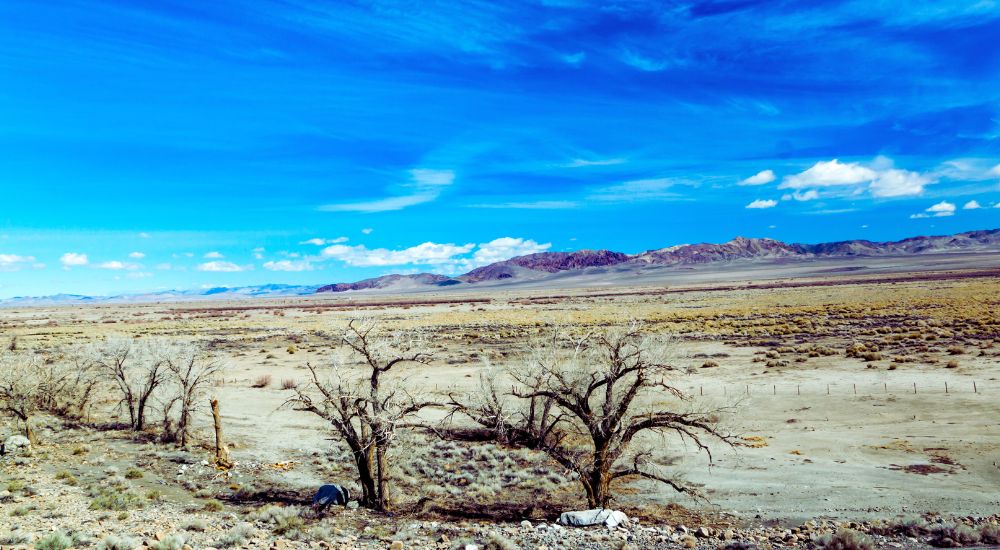The Great Basin Desert in Arizona is one of North America’s most overlooked natural wonders. Stretching across parts of Nevada, Utah, California, and touching northeastern Arizona, this desert ecosystem is a breathtaking blend of vast open spaces, rugged mountain ranges, and a surprising amount of biodiversity. If you’re seeking solitude, striking landscapes, and a chance to connect with nature, this desert is your next must-see destination.
What Is the Great Basin Desert?

Unlike hotter deserts like the Sonoran and Mojave, the Great Basin Desert is a cold desert characterized by its high elevation, snow in the winter, and cool temperatures. In Arizona, it extends into the northeastern part of the state, overlapping with the Colorado Plateau and dotted with mountain ranges that rise like islands from the flat valley floors.
Key features of the Arizona stretch of the Great Basin Desert:
- Cold winters with occasional snow
- Sagebrush and saltbush vegetation
- Home to unique wildlife like mule deer, kit foxes, and horned lizards
- Sparse human population ideal for peaceful exploration
Best Time to Visit

The best time to explore the Great Basin Desert in Arizona is from late spring to early fall, when temperatures are mild and trails are most accessible. Fall offers crisp air and vibrant colors, while spring brings wildflower blooms, particularly after a rainy winter.
Tip: Always check weather conditions before heading out this desert can be unpredictable.
Hiking and Outdoor Activities

Although the Great Basin Desert in Arizona isn’t filled with bustling tourist trails like some national parks, it offers excellent opportunities for outdoor enthusiasts who prefer quiet treks, off-the-grid camping, and unique photography spots.
Popular activities:
- Day hikes through sagebrush plains and into mountain foothills
- Backpacking with a focus on self-reliance
- Stargazing due to minimal light pollution
- Wildlife spotting, especially around dawn and dusk
If you enjoy hiking, consider exploring segments near Navajo County or Apache-Sitgreaves National Forest, where desert meets forest for a diverse ecosystem blend.
Related Read: Check out our post on the Arizona National Scenic Trail for more long-distance desert hiking adventures.
Cultural and Ecological Significance

The Great Basin Desert is not only ecologically rich, but it’s also home to ancient Indigenous cultures. The area has been inhabited by Native American tribes like the Ute and Goshute, and even Ancestral Puebloans, who once called this region home. Petroglyphs and ancient dwellings still exist in remote parts of the desert, offering a glimpse into the past.
In terms of ecology, the Great Basin Desert is the largest desert in the U.S. and supports:
- Over 200 species of birds
- 50+ species of mammals
- Rare plants like Brigham tea and bitterbrush
This makes the region vital for biodiversity conservation and scientific research.
For more on desert conservation efforts, visit the National Park Service’s Desert Ecology page.
Planning Your Visit


When planning your trip to the Great Basin Desert in Arizona, keep in mind that it’s a remote and rugged destination. Basic services can be few and far between, so preparation is key.
What to Pack:
- Plenty of water and food
- Maps and GPS device (cell service is limited)
- Layered clothing (desert temperatures swing dramatically)
- First aid kit
- Camera or binoculars for wildlife viewing
Where to Stay:
- Backcountry camping is allowed in many areas just follow Leave No Trace principles.
- For more structured lodging, towns like Holbrook, Winslow, or Show Low are good bases for day trips into the desert.
You can also explore accommodations at nearby destinations. Check website for hotels near the Painted Desert for more lodging options.
Photography & Stargazing


The minimal light pollution and unique geology make the Great Basin Desert a dream location for photographers and astronomy lovers. Sunrise and sunset cast golden light over the sagebrush-covered hills, and the Milky Way is clearly visible on cloudless nights.
Tip: Use a wide-angle lens and tripod for capturing sweeping desert panoramas or night skies.
Looking for more scenic desert spots? Discover the vibrant terrain of the Painted Desert in Arizona, another must-see destination.
Environmental Responsibility

As with all delicate ecosystems, responsible tourism is critical. Here’s how you can help:
- Stay on designated trails
- Pack out all trash
- Do not disturb wildlife or plants
- Avoid traveling during wet conditions to reduce erosion
By respecting the landscape, you help preserve it for future generations of explorers and researchers.
Learn how organizations like the Bureau of Land Management work to protect public lands like the Great Basin Desert.
Final Thoughts
The Great Basin Desert in Arizona offers an unparalleled opportunity to experience peace, silence, and raw natural beauty far from the tourist-packed hotspots. Whether you’re an experienced hiker, a curious traveler, or simply someone who loves untouched landscapes, this desert invites you to slow down and soak in the solitude.
From sagebrush trails and ancient cultures to star-filled skies and mountain silhouettes, the Great Basin Desert stands as a testament to the wild, enduring spirit of the American Southwest.

